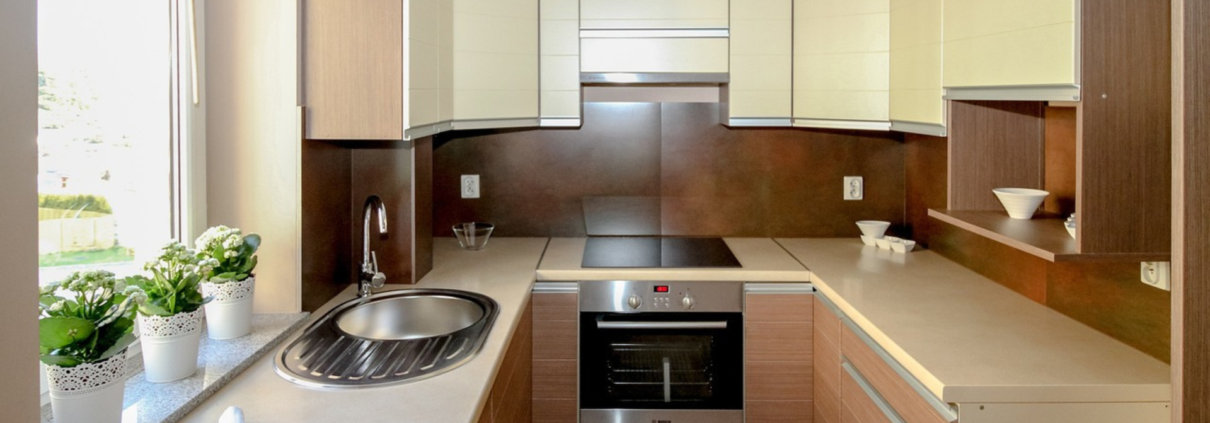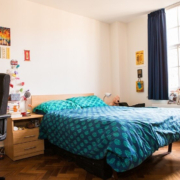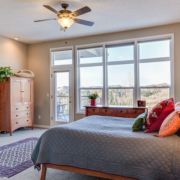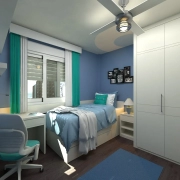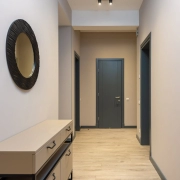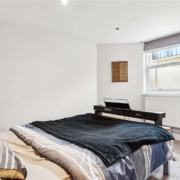Balancing Privacy and Shared Spaces in London’s Flatsharing
London has become a popular hub for flatsharing spaces with its lively atmosphere and multicultural vibe. These creative living arrangements provide a perfect mix of cost-effectiveness, camaraderie, and convenience while balancing privacy. Maintaining privacy is crucial in this communal living experience, emphasising the delicate balance between personal and shared space. This equilibrium is vital for residents to feel at ease and make the most of their flatsharing arrangement.
The London Flatsharing Landscape
London sets the stage for a unique flatsharing experience with its historical charm and contemporary vibrancy. Balancing privacy within these flatsharing spaces is crucial. They range from refurbished Victorian houses to modern high-rise apartments, catering to diverse preferences. This style of living is beautiful for young professionals, students, and anyone seeking a more social and cost-effective living arrangement.
The Allure of Flatsharing Amenities
Flatsharing spaces in London often provide an array of amenities that encourage interaction and collaboration among residents, from communal kitchens where culinary enthusiasts can whip up international dishes. Shared lounges that double as co-working spaces, these amenities enhance the communal aspect of flatsharing. Yet, as the allure of shared facilities beckons, the challenge of maintaining a healthy equilibrium with personal space arises.
Strategies for Achieving Balance
- Flexible Design: Many London flatsharing spaces are designed with versatility in mind. The architecture incorporates private en-suite bedrooms or studio apartments. This allows residents to retreat into their sanctuaries whenever needed. This blend of personal and shared areas helps balance social engagement and solitude.
- Scheduled Quiet Hours: Implementing scheduled quiet hours in communal spaces can help create pockets of tranquillity amidst the urban buzz. This practice respects the need for personal downtime while fostering a sense of respect among residents.
- Clear Communication: Open dialogue among residents about their needs and preferences is essential. Regular meetings or digital platforms can be channels for discussing noise levels, shared responsibilities, and respectful cohabitation.
- Zoning Shared Spaces: Zoning shared living areas for different activities can be effective. For instance, a communal area can be divided into socialising, working, and relaxing sections, accommodating varying preferences without causing discomfort.
- Embracing Technology: Some flatsharing spaces employ innovative technology to manage shared facilities, allowing residents to book rooms or amenities ahead of time. This technological integration adds an element of personalisation to communal living.
The Human Aspect: Building a Cohesive Community
Balancing personal space and shared living is not solely about physical arrangements—it’s about fostering a sense of community that respects individual boundaries. Engaging in communal activities, organising events, and participating in shared responsibilities can all contribute to building a cohesive living environment. This is where residents feel understood and valued.
London’s flatsharing scene offers a unique canvas for individuals to experience the city’s vibrant energy while enjoying the benefits of shared living. Striking a harmonious balance between personal space and communal areas requires a thoughtful approach. This approach should consider physical design and a commitment to building a respectful community. As flatsharing continues to shape London’s housing landscape, the quest for equilibrium remains an ongoing endeavour, enriching the lives of those who embrace this dynamic way of living.

